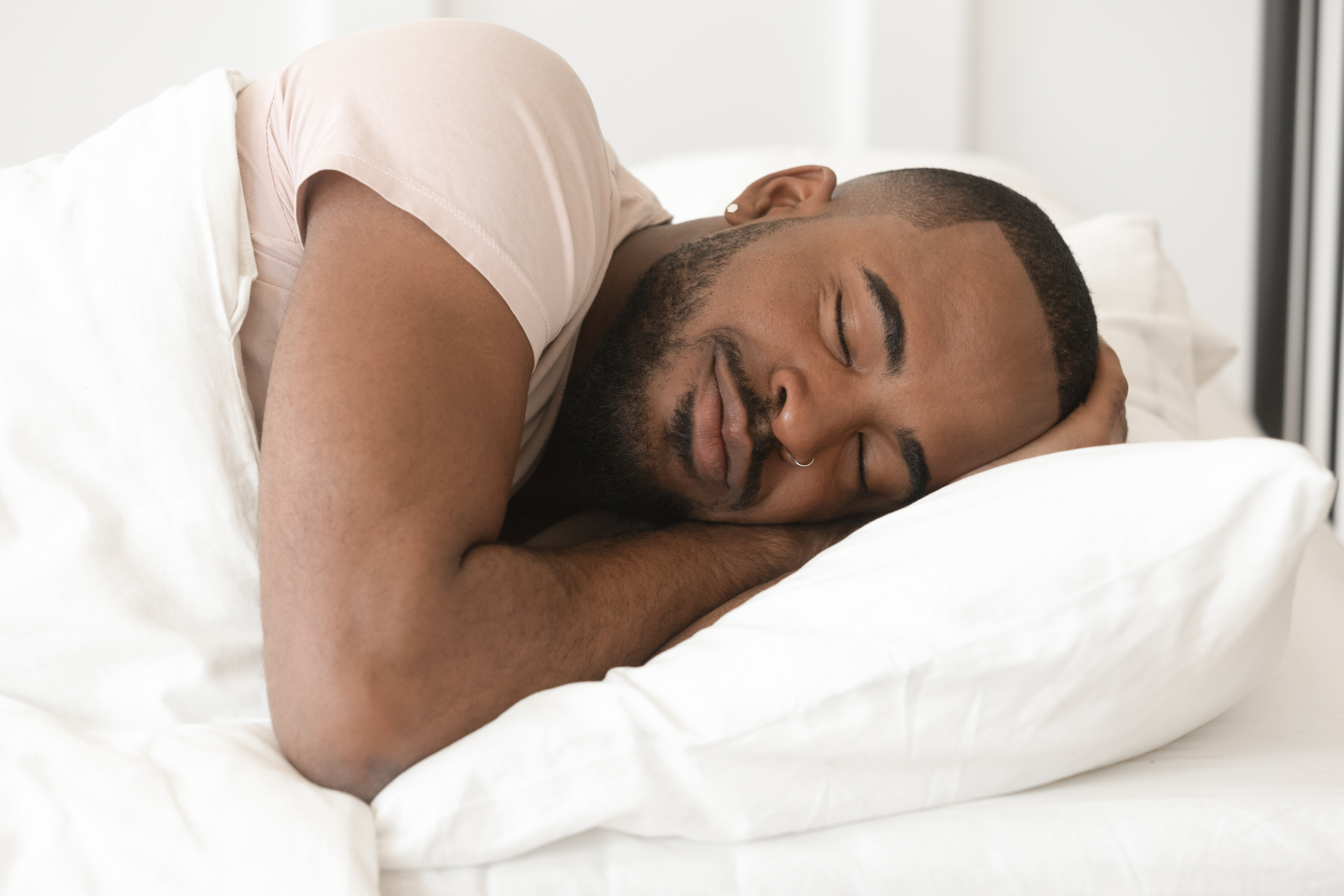look what we did!
Category: Furniture, Innovation Bonds
How Polyurethane Memory Foam Could Help You Sleep More Soundly
Since it was first introduced by NASA in the 1960s to help launch astronauts comfortably into space, polyurethane memory foam has found its way out of the Space Program and into our mattresses. Today, as memory foam mattresses increasingly make up an ever-larger portion of the market share, even some traditional mattresses that use springs contain some amount of memory foam.
If you are still on the fence about this Space Age technology, consider this roundup of ways polyurethane memory foam might just help you get a better night’s sleep.
Absorbing Partner Disturbances
We often share our beds with significant others and our furry friends. As a result, sleep disturbances are a common theme. Research shows that sleeping alone is actually the best way to get a restful night’s sleep and according to a recent survey, 31 percent of respondents said they would prefer to kick their two-legged and four-legged sleeping companions out of their beds.
However, there may be a better way: a memory foam mattress with a sturdy base may provide the best opportunity for limiting disturbances. Memory foam absorbs sounds, thumps, bumps and jostles – making it less likely for you to be interrupted by the night-time stirrings of your partner.
Helping You Snooze Right at the Perfect Temperature
Whether you identify as a “hot sleeper” or a “cold sleeper,” a polyurethane memory foam mattress is designed to absorb and work with the body heat of the bed’s occupant. As a result, the mattress becomes softer as your body temperature gradually warms it.
If you have ever slept on a memory foam mattress, you may believe that morning is when your bed feels most comfortable. It is not just your imagination; the mattress has been conforming to your body all night. Therefore, it makes sense that at the end of a restful night’s sleep is when your bed feels coziest.
Accommodating to All Sleep Styles
Whether you are a back sleeper, a side sleeper or you sleep on your tummy, a memory foam mattress is designed to adjust to your favored slumbering position. You may recall from reading this blog that NASA scientists were looking for a one-size-fits-all solution to creating customized seating in spacecraft when they came up with memory foam.
Polyurethane memory foam mattresses function much the same way. They are designed to relieve pressure points and evenly distribute the weight of the sleeper no matter the size or in what position he or she may happen to be sleeping.

























